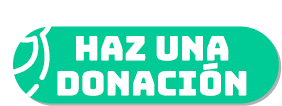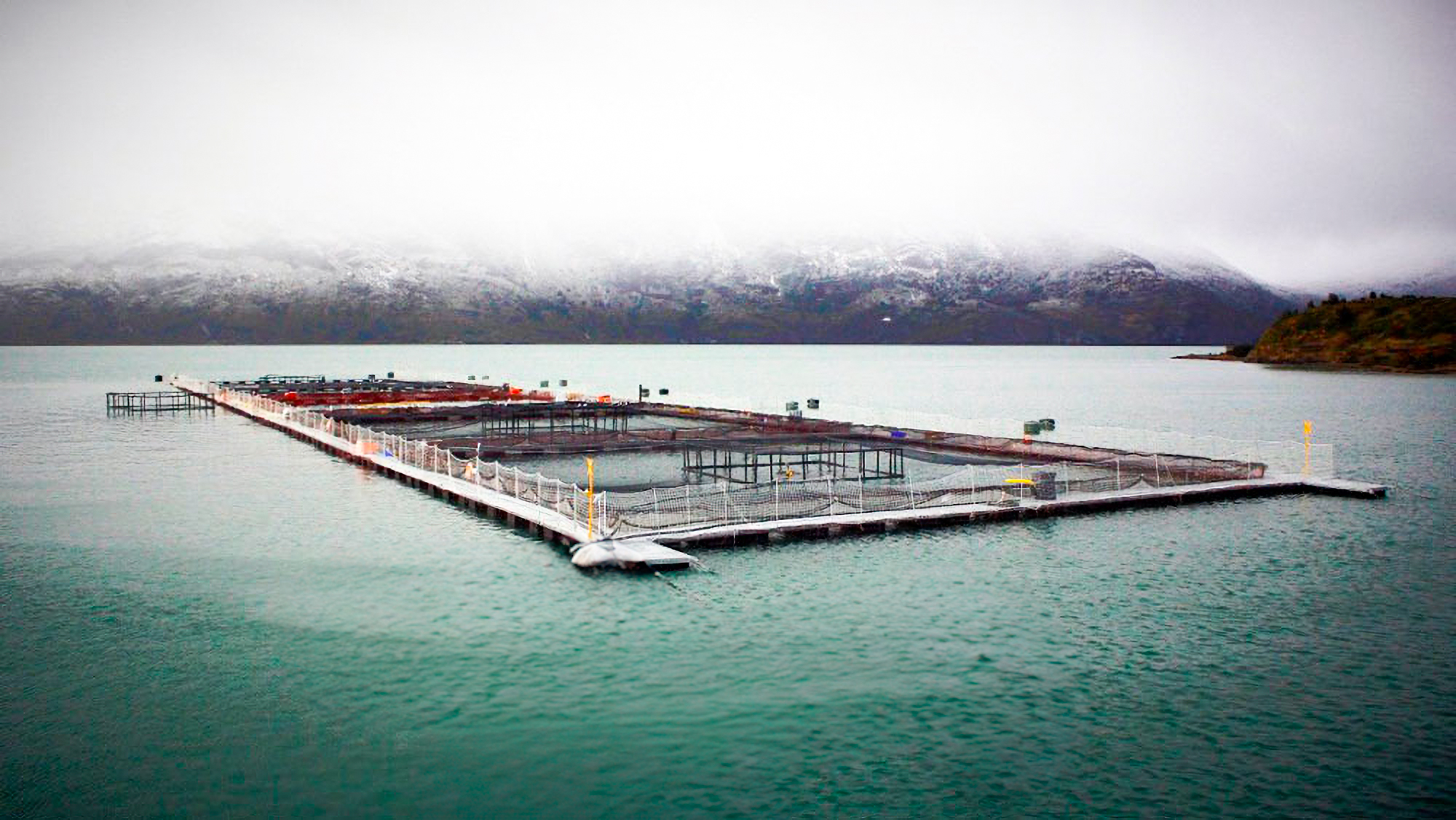Elsa Cabrera (Cetacean Conservation Center) and Juan Carlos Cárdenas (Ecoceanos Center)
Once again, the cold, distant waters of a marine protected area in Chilean Patagonia have been the setting for an avoidable environmental tragedy. A juvenile humpback whale (Megaptera novaeangliae) died in Seno Skyring, a remote location that should have been a safe haven for the species. This tragic event is not an anomaly. It is a stark reminder that environmental protection for vulnerable species in Chile often amounts to little more than empty rhetoric for political and communication purposes, at odds with the reality on the ground.
With the usual lack of transparency, the discovery was reported by workers from an unidentified salmon farming company, triggering the National Fisheries Service’s protocol of sampling and opening an investigation. However, uncomfortable questions inevitably arise, such as: How many administrative files are sitting in an archive for the same reason? Do these procedures lead to real accountability, or are they merely a bureaucratic ritual that ensures the perpetrators’ complete impunity, acting as hitmen for the export-oriented production model that operates with impunity?
This young humpback whale is one of nearly 20 recorded whale deaths since 2022, most of which occurred in areas formally categorised as ‘protected areas’, which have been converted into industrial centres for fattening salmon for export. These deaths are particularly bitter when we recall President Gabriel Boric’s simple and clear promise in the Magallanes region on 4 May 2022 that salmon companies must leave protected areas. At the time, this statement fuelled citizens’ hopes for real change.
Initial optimism remained months later when, in November 2022, the Undersecretary of Fisheries and Aquaculture, Julio Salas, announced the imminent withdrawal of one of the companies with remarkable assurance, emphasising that there would be ‘no relocation of salmon farms of any kind during this administration’. This announcement coincided with the release of underwater images showing the devastation of the seabed in the Skyring, which appeared whitish and suffocated by organic waste accumulated over decades by the salmon industry. The scientific and visual evidence was, and continues to be, overwhelming.
However, the political and communications apparatus, in conjunction with realpolitik, has proven to be more effective than the initial presidential declaration of intent.
A year later, in December 2023, the Ministries of the Economy and the Environment announced a vague ‘public-private agreement’ to ‘move forward’ with the removal of the salmon farms from protected areas. In reality, however, there was only stagnation and irregularities. According to complaints from local coastal communities, the exact opposite was done, with the relocation of salmon fattening centres that had open disciplinary files due to serious violations of aquaculture, health and environmental regulations.
In an effort to draw public attention to this violation of international agreements signed by the country, the international community, local environmental organizations and indigenous communities released a report by the UN Special Rapporteur on Human Rights and the Environment, David Boyd. Presented in March 2024 to the 55th session of the Human Rights Council in Geneva, Switzerland, the report stated that industrial salmon farming is one of the main threats to the environmental stability of Patagonia. Therefore, it recommended an immediate moratorium — a call that fell on deaf ears in the government palace of La Moneda and among its officials.
While the institutions and the political-business class debate and come to agreement, the billion-dollar salmon export business—which reached US$6.4 billion in 2024—continues to expand, having announced to the presidential candidates its proposal to double its current production of 1 million tons of salmon per year by 2040 in the Wallmapu and Patagonia regions. These efforts are being undertaken with capital and technological resources from a variety of nations, including Norway, Japan, China, Canada, Germany, and others.
Currently, 32 national and transnational companies control 408 industrial salmon concessions within national parks and protected areas in Patagonia. These companies account for 40% of Chile’s annual salmon production. Consequently, Las Guaitecas and Kawésqar protected areas, far from being preserved by the state, are experiencing systematic occupation through the relocation of salmon farming centres.
During the last six months of 2025, three dead whales were recorded in protected areas in southern Chile, adjacent to industrial salmon farming centres, and these were associated with active daily traffic of approximately 1,000 cargo ships linked to this export industry. These cases occurred in Glacier Bay (Kawésqar National Reserve) in the Magallanes region and in Laguna San Rafael National Park in the Aysén region. This shows that the impact of expanding industrial salmon farming in these areas – which are theoretically protected by the State – is not decreasing in intensity.
With only four months left in his term — initially self-described as “ecological” — President Boric has not kept the promise he made. The latest death of this humpback whale not only represents an immeasurable loss to the recovery of a vulnerable species. It also symbolizes a form of governance where rhetoric and promises never meet reality. The question that continues to linger in the air and float in the icy waters of Seno Skyring is not when those in power will fulfil their urgent environmental protection commitments, but whether they ever had any intention of doing so at all.



